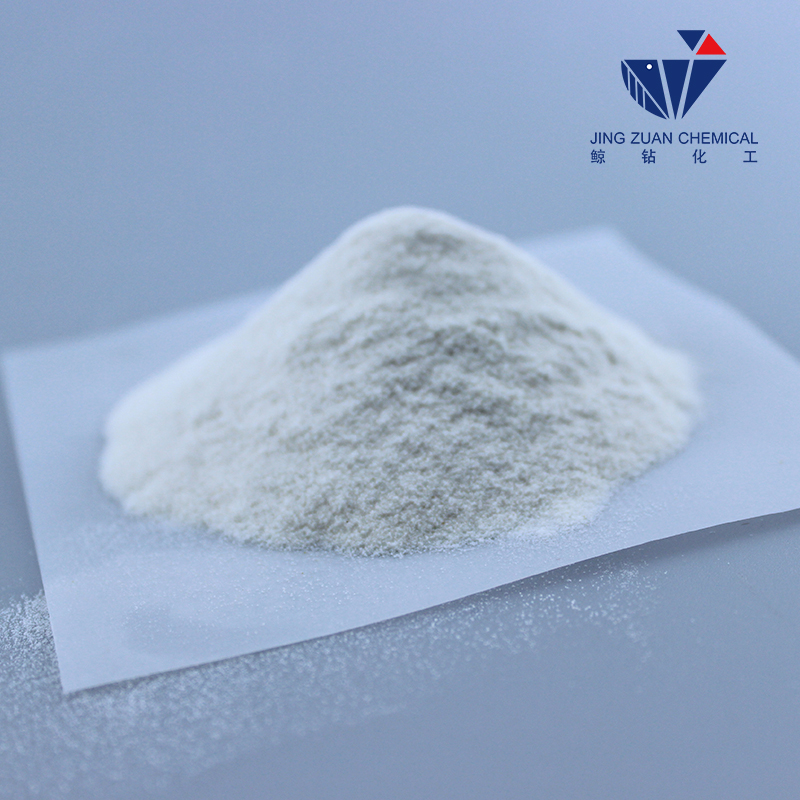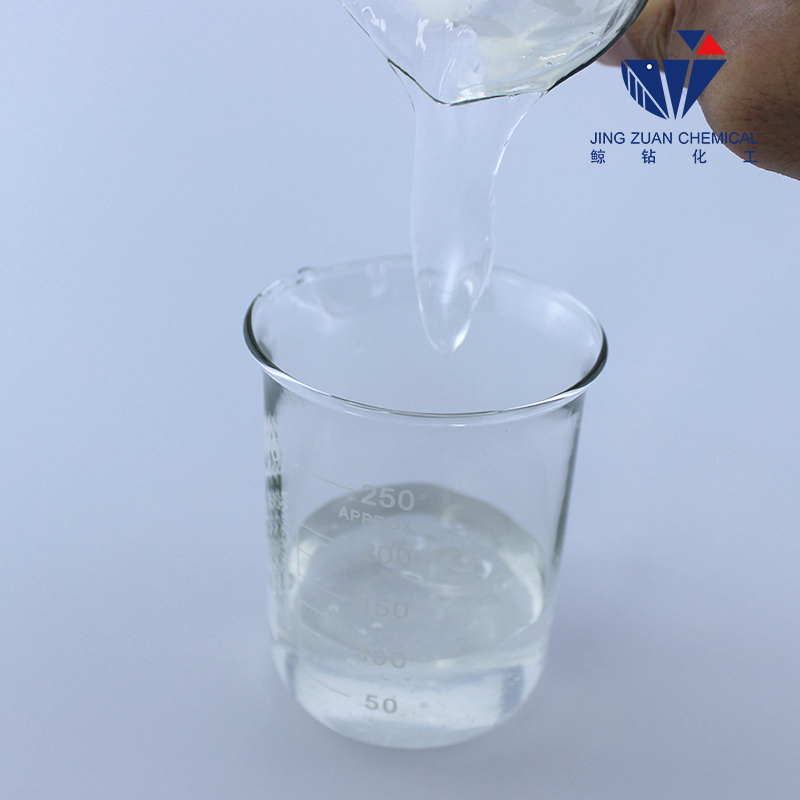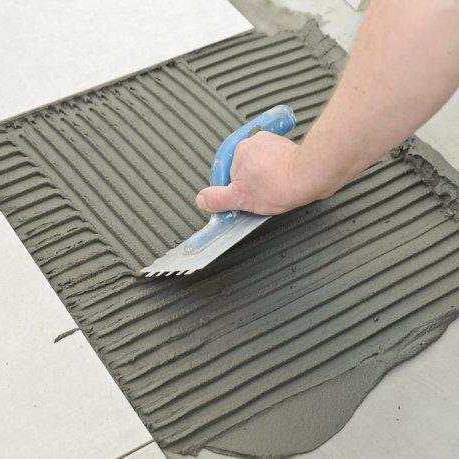
Oct . 16, 2025 12:00 Back to list
Cellulose Ether: High Viscosity, Stability, Easy Dispersion
HPMC deep dive: the quiet workhorse of modern materials
If you’ve spent time in a mortar lab or a pharmaceutical coating room (I’ve had the dusty boots and the hairnet), you already know the unsung star is cellulose ether. It looks like a simple white powder, but it controls water, flow, open time, adhesion—you name it. And yes, it’s oddly satisfying to watch it disperse cleanly when the grade is right.

What is HPMC and why it matters
HPMC (Hydroxypropyl Methyl Cellulose) is a modified cellulose ether derived from refined wood pulp. In practice, it’s the go-to rheology and water-retention additive for dry-mix mortars, tile adhesives, gypsum-based plasters, and even personal care and pharma coatings. Trends? Honestly, two stand out: ultra-stable high-viscosity grades for lightweight mortars, and surface-treated (delayed hydration) versions that disperse faster in high-shear mixers.
How it’s made (short version, real-world)
Materials: purified cellulose, sodium hydroxide, methyl chloride, propylene oxide. Method: alkalization, then etherification under controlled temperature/pressure, followed by neutralization, washing to low salt, drying, milling, and sieving. QC checks hit viscosity curves, moisture, ash, particle size, and gel temperature. Service life? Stored cool and dry in sealed bags, most grades hold spec for around 24 months.

Product specifications (HPMC)
| Parameter | Typical Value | Notes |
|---|---|---|
| Product | HPMC (Hydroxypropyl Methyl Cellulose) | Modified cellulose ether |
| Molecular Formula | C36H70O19 | Nominal; real-world substitution varies |
| Viscosity (mPa·s) | 400–200,000 | 2% solution, Brookfield; ASTM D2196 |
| Moisture | ≤5% | ASTM E203 (KF), typical |
| Residue (Ash) | ≤5% | 550 °C, ignition |
| Gel Temperature | 62–70 °C | Cloud-point method |
| Origin | NO.1 BUILDING, TECHNOLOGY CERTER, HIGH-TECH ZONE, SHIJIAZHUANG, HEBEI, CHINA | Manufacturing hub |
Testing standards that matter: viscosity by ASTM D2196; mortar performance vs EN 12004 for tile adhesives; pH (2% solution) typically 5.0–8.5; particle size ≈80–120 mesh; and microbial counts for sensitive applications. Certificates? ISO 9001 plants are common, plus COA, SDS, and (where needed) USP/EP compliance for pharma grades—always verify per lot.

Where it’s used (and why formulators care)
- Dry-mix mortars: tile adhesives, renders, skim coats, self-levelers—water retention and open time.
- Gypsum systems: sag resistance and workability without sand slump.
- Paints and coatings: thickening with pseudoplastic flow; splash reduction.
- Pharma and personal care: film-forming, binding; think tablet coatings and shampoos.
Many customers say high-vis grades give smoother trowel feel. I’d add: surface-treated cellulose ether can prevent that annoying early lumping in high-speed mixers.
Customization options
Choose viscosity band, substitution pattern (methoxy/hydroxypropyl), particle size, and surface treatment (delayed hydration). Packaging typically 25 kg bags; big bags on request. Shelf life ≈24 months sealed; real-world use may vary with humidity.

Quick case notes
Tile adhesive (C2TE): Switching to a 60,000 mPa·s HPMC raised open time by ~10 minutes and cut slip by 30% per EN 12004 test pieces. Installers noticed easier combing—small thing, big loyalty.
Self-leveling underlayment: A lower-vis, high-substitution grade improved flow diameter from 130 mm to 150 mm (ASTM C1708 plate) with the same water, keeping edge stability intact.
Vendor snapshot (what buyers compare)
| Vendor | Viscosity Range | Customization | Docs/Certs | Lead Time |
|---|---|---|---|---|
| CNJZ Chemical (HPMC) | 400–200,000 mPa·s | Surface-treated, mesh size, packing | COA, SDS; ISO/REACH statements on request | ≈2–4 weeks |
| Competitor A (EU) | Low to ultra-high | Broad grade map; pharma options | ISO 9001; some USP/EP grades | 3–6 weeks |
| Competitor B (APAC) | Mid to high | Economic and premium lines | COA; REACH support varies | ≈2–5 weeks |
Buyer tip: match viscosity to your binder/filler system, not vice versa; and ask for a full rheogram, not just one-point viscosity. It saves reformulation time—learned that the hard way.
References
- ASTM D2196 – Standard Test Method for Rheological Properties by Brookfield Viscometer: https://www.astm.org/d2196
- USP–NF Monograph: Hypromellose (Hypromellose USP): https://www.uspnf.com
- EN 12004-2:2017 – Adhesives for tiles — Requirements: https://standards.iteh.ai
- ISO 9001:2015 – Quality management systems: https://www.iso.org/iso-9001-quality-management.html
-
Cellulose Ether | High Purity, Fast Hydration, Stable Flow
NewsNov.17,2025
-
Cellosize HEC Thickener – High Purity, Fast-Dissolving
NewsNov.17,2025
-
Cellulose Ether: High-Purity Liquid Thickener, HEC Cellulose
NewsNov.17,2025
-
VAE Powder (RDP): High Adhesion & Flexibility for Mortars
NewsNov.17,2025
-
Cellulose Ether: High Purity, Fast-Dissolving, Stable Flow
NewsNov.17,2025
-
Cellosize HEC Thickener – High Purity, Fast-Dissolving
NewsNov.11,2025







